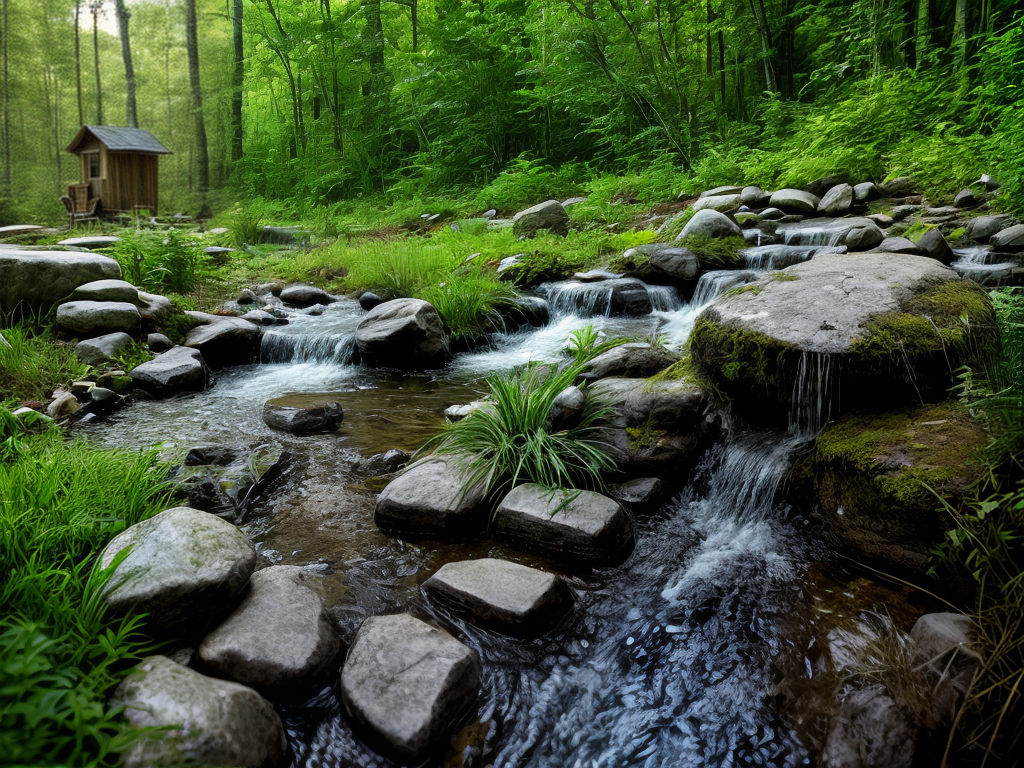
‘Click here to learn more about’ pro outdoorsurvival.com
Surviving a Flood Implementing Your Evacuation Plan

Essential Equipment for Flood Survival
Navigating High Water Key Survival Strategies
The Role of flood resistant Construction in Survival
Making Sense of Flood Insurance A Survival Guide
post flood Sanitation Essential Practices for Recovery
In the aftermath of a flood disaster, effective sanitation practices are crucial to minimize health risks and facilitate recovery. Firstly, flood water removal should be carried out promptly to prevent standing water from becoming a breeding ground for bacteria and mosquitoes.
Secondly, all flooddamaged property, including furniture and personal items, should be thoroughly cleaned and disinfected.
This can reduce the spread of mold and other disease-causing agents, especially those related to floodwater diseases prevention.
Your home might require professional flood damage restoration. This often involves repairing structural damage, fixing electrical systems, and restoring flooddamaged homes to their original state.
Depending on the severity of the flood, the process can take several weeks or even months. During this time, it’s essential to have a temporary accommodation plan in place.
Remember that recovering from a flood disaster is challenging, but with the right emergency flood procedures, it’s possible to restore normalcy to your life.
Stay informed about flood safety tips and keep a flood emergency kit handy to help you cope with future flooding events.
| Key Flood Recovery Steps | Importance |
|---|---|
| Flood Water Removal | Prevents standing water from becoming a breeding ground for bacteria and mosquitoes. |
| Cleaning and Disinfecting Flood-damaged Property | Reduces the spread of mold and other disease-causing agents, aiding in floodwater diseases prevention. |
| Flood Damage Restoration | Repairs structural and electrical damage, restoring homes to their original state. |
| Emergency Preparedness | Keeping informed about flood safety tips and maintaining a flood emergency kit can help cope with future flooding events. |
Prioritizing Flood Cleanup Procedures for Effective Recovery
Understanding the Flood Recovery Process A Survival Guide
Grasping the complexity of the flood recovery process encompasses various stages, including assessment, cleanup, and repair. Initially, an accurate flood damage assessment is paramount in determining the extent of the devastation incurred.
This phase entails documenting all affected areas, photographing flood damage, and listing any lost items.
What follows is the flood cleanup stage, where removing flood water and controlling potential floodwater diseases become the central focus.
Implementing professional flood restoration services can prove invaluable at this point, as they are equipped with the necessary flood recovery resources and knowledge of flood sanitation.
After the successful cleanup, the crucial task of home repairs after flood damage begins.
This phase involves restoring flooddamaged homes, possibly using flood resistant construction methods to minimize future damage. Remember, it’s prudent to consult professionals in flood damage repair to ensure structural safety and proper flood restoration.
Most importantly, prepare for the inevitable; equip yourself with a flood evacuation plan and assemble an emergency flood kit.
Being outfitted with the right flood survival equipment such as life vests, first aid supplies, and communication devices can save lives.
Educating yourself on high water survival skills and flood survival strategies will significantly enhance your chances of surviving floods.
Never underestimate the importance of insurance.
Flood insurance provides the financial cushion for flood damage restoration, helping you recover without additional stress. Always consult professional flood damage restoration services after a severe flooding incident in your home to ensure a safe and thorough cleanup. .
Flood Recovery Process
- An accurate flood damage assessment is the first crucial step in the flood recovery process, helping to determine the extent of the devastation.
- Professional flood restoration services are invaluable during the flood cleanup stage, as they possess the necessary resources and knowledge for effective flood sanitation.
- Using flood-resistant construction methods during the repair phase can minimize future damage.
- Preparation is key, having a flood evacuation plan and an emergency flood kit can save lives.
Red Cross Safety Tips Guidelines for Surviving a Flood
In anticipation of a flood, it’s crucial to equip yourself with knowledge from a credible flood survival guide. This includes understanding the nuances of flood disaster management and partaking in flood rescue training to ensure safety for you and your family.
The flood evacuation checklist is essential to guide you in preparing a flood emergency kit.
It should comprise necessities like non-perishable food, clean water, torchlights, batteries, and important documents sealed in waterproof bags.
Installing a flood alert app on your mobile devices provides timely flood warning systems to help you gauge the urgency for initiating your flood evacuation plan. Flood evacuation routes should be identified in advance to ensure a smooth exit.
Identifying the appropriate flood disaster response is essential when trapped in a flood situation. Coordination with local rescue during flood operations is key to ensure your safety.
Post-flood restoration involves a regulated approach to flood damage cleanup.
Expert help is often needed for flood water removal and to facilitate emergency water extraction safely.
This eliminates the risk of electrocution and structural instability of your property.
Flood-resistant construction techniques, such as raised foundations, can greatly reduce the impact of future floods.
Adopting flood safety measures including flood barrier protection can safeguard your property to a greater extent. recovering from a devastating flood event. By knowing what is covered and what is not, homeowners can plan appropriately and manage their resources effectively in the aftermath of a disaster.
Preparing Your Essential Flood Survival Kit
Firstly, when creating your flood survival kit, it’s fundamental to include survival gear for floods: life jackets, ropes, and a first-aid kit replete with antiseptic and bandages.
Having a radio powered by batteries or solar energy ensures you stay updated with the latest flood safety tips, as well as receiving information from organizations like the Red Cross flood safety and FEMA flood guide.
Another vital component of your kit should be tools for flood sanitation.
Items such as disinfectants, hand sanitizers, cleaning wipes, and trash bags will help manage hygiene in a flood scenario, preventing floodwater diseases.
Cash, photocopies of important documents, and a compass are also vital inclusions. A small, portable stove for cooking and boiling water may be beneficial too.
Ensure your kit has flood survival essentials aiming at self-defense and protection during severe weather survival. The kit should contain items like a heavy-duty knife, a waterproof matchbox, flares, a whistle, and a sturdy tarp for shelter.
Lastly, secure all these items in a waterproof and floatable bag to ensure everything remains dry and easily portable during flood event.
Flood Survival Kits
- According to the Red Cross, having a flood survival kit with essential items like life jackets, ropes, and a first-aid kit can make a significant difference during a flood event.
- The Federal Emergency Management Agency (FEMA) recommends having a battery or solar-powered radio in your kit to stay updated with the latest flood safety tips.
- Proper sanitation during a flood can help prevent diseases. Thus, including disinfectants, hand sanitizers, cleaning wipes, and trash bags in your kit is crucial.
- Items for self-defense and protection such as a heavy-duty knife, a waterproof matchbox, flares, a whistle, and a sturdy tarp for shelter are also recommended by various survival experts.

